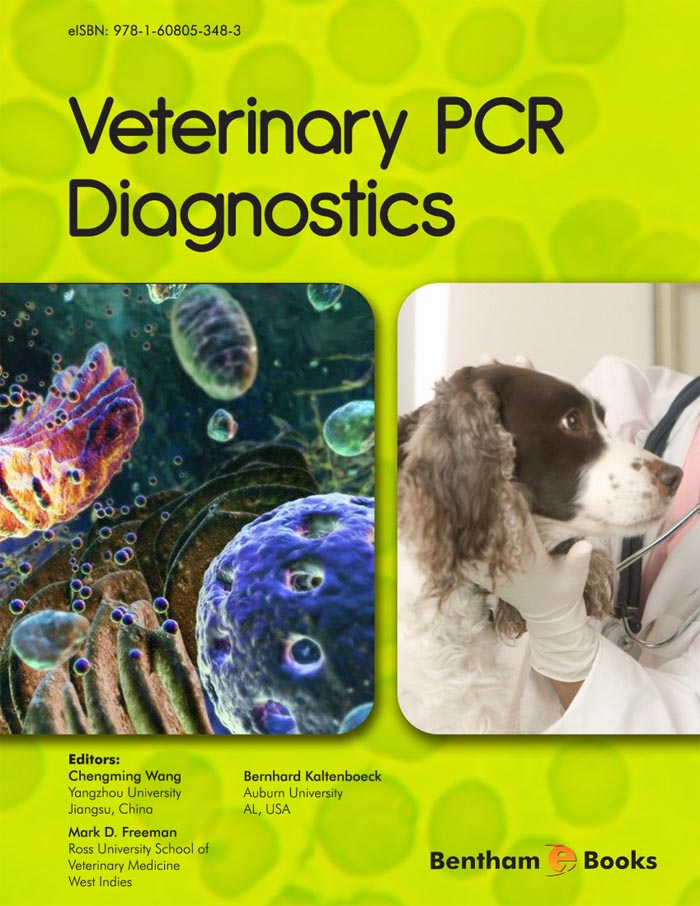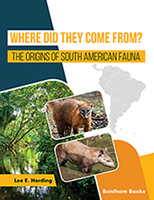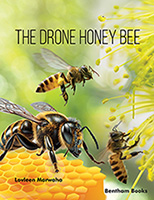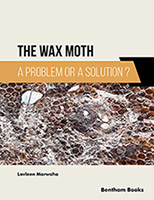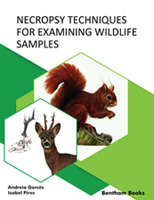Introduction
PCR (Polymerase Chain Reaction) technology has become an indispensable component of routine veterinary diagnostics. However, a number of pitfalls and limiting factors affect its sensitivity and specificity of detection. It is imperative that veterinary PCR diagnosticians include such considerations in their work. Extensive experience with PCR technology in both research and diagnostic applications enables researchers to pinpoint these practical limitations, and therefore instruct the user in approaches that avoid these common errors.
This E-book discusses the basic concepts, chemistries, and instrumentation of standard and real-time PCR, and includes present applications and future perspectives for veterinary diagnostics. Critical pitfalls have been highlighted in this text with regard to veterinary PCR diagnostics which include: i) choice of platform technologies for PCR diagnosis; ii) construction of optimized PCR primers and probes to ensure its highest specificity and sensitivity; iii) correct sampling and efficient methods to preserve and release nucleic acids; iv) maximization of PCR amplification efficiency; and v) avoidance and monitoring of contamination in Veterinary PCR Diagnostics. This eBook should be a valuable reference for all veterinary professionals interested in this modern diagnostic tool.

